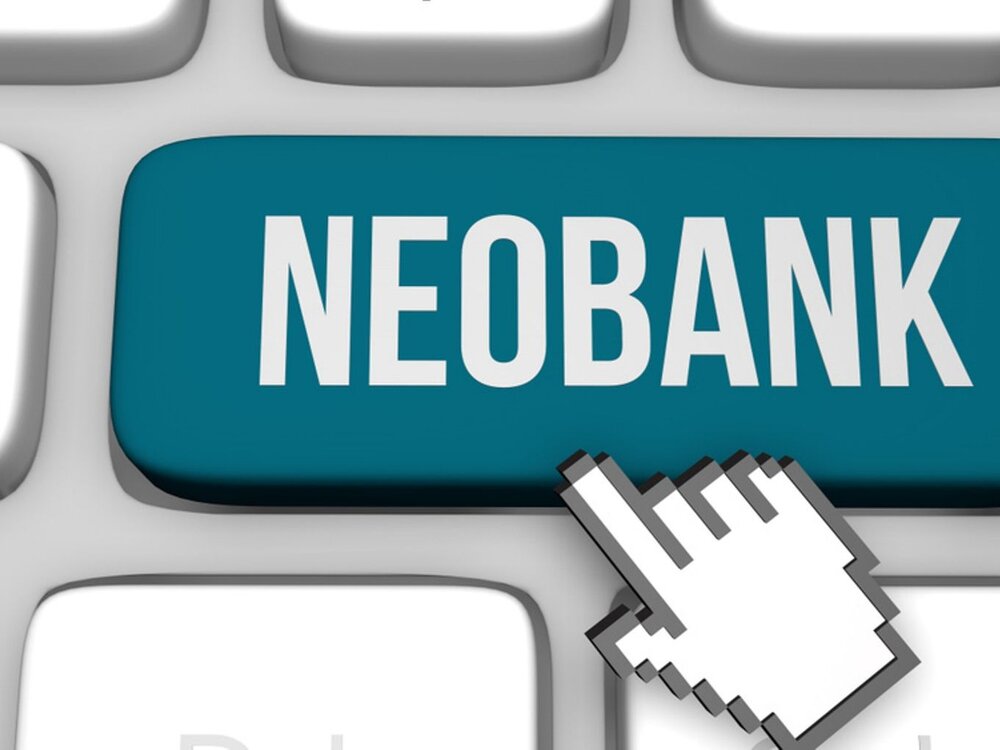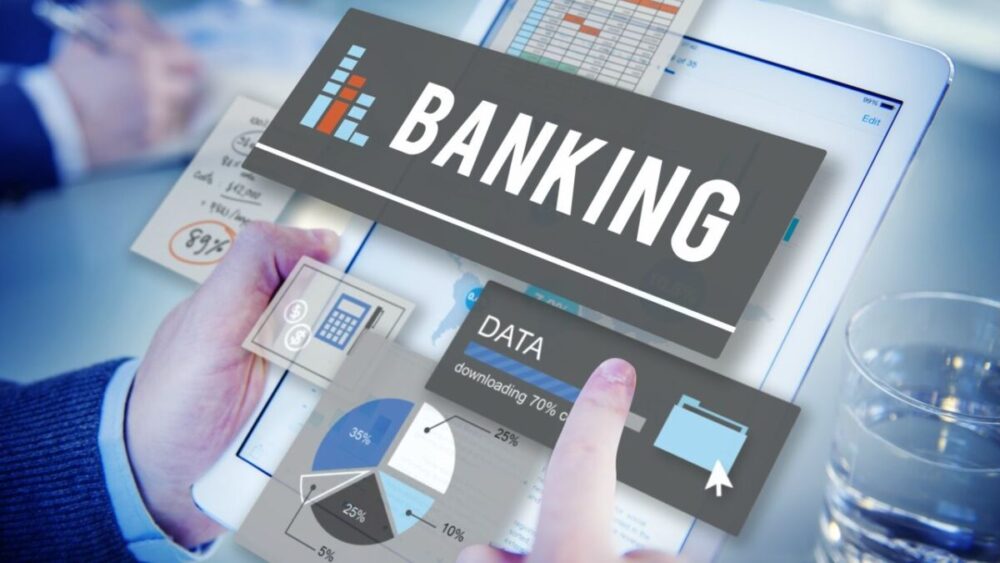In 2024 so much of our habits have changed that it seems like going to a physical bank office is becoming obsolete. Being charged for essential banking services is also not an option for many young people keen on innovative tech solutions. Digital transformation might be the next natural step in human evolution, but we all have the IT sector to thank for making this a reality.
Working in a bespoke software development company such as Dreamix which has experience in developing custom FinTech solutions, I can observe that the business landscape is changing at such a rapid pace and digital banking is more than just a temporary trend. With the ever-increasing customer demands for convenience, accessibility and affordability, it is only natural that companies that want to stay relevant seek to invest in custom software development for their next project.

1. All-In-One Mobile Banking Apps
Let’s start with the basics. Most bank clients want to have a single place that combines all their accounts and helps them neatly keep track of all transactions, savings and budgets. Innovative personal finance apps offer exactly this – an instant, convenient and secure way to merge all your banking accounts in one place. Mint and StarMoney (offered in Germany) are just two of the many available budget-friendly options out there. Customers can effortlessly track their expenses, savings and investments and even connect their Amazon, PayPal, or eBay accounts to enjoy the ultimate all-in-one mobile banking experience.
2. The Age of Neobanks
Neobanks have had a lasting impact on the global banking industry in recent years. With particularly low fees, attractive exchange rates for international payments, user-friendly apps and exciting functions, neobanks (or digital-only banks) stand out from traditionally known banking institutions. As a result, today, there are more neobanks than ever before, and some think of it as a curse while others see it as a blessing. Because while the strong competition leads to lower fees and better functions, it is becoming more and more difficult to keep an overview, but some of the biggest players out there are Revolut (England), N26 (Germany), Nubank (Brazil) and Tinkoff (Russia).

3. Innovative Sustainable Banking Apps
Recently, expert scientists have warned that major climate changes are now irreversible and inevitable, The Guardian informs. Predictions claim that annual temperatures will continue to rise within the next two decades with more than 1,5C, and only immediate and radical human actions could prevent a climate breakdown. Keeping that in mind, now there is a one-of-a-kind innovative bank that focuses on sustainability, cleverly named Tomorrow. Behind the strong values of responsible consumption and resource management are admirable actions like investing in sustainable projects, making money a part of the solution.
4. Secure In Between Bank Transfers
There are times when you want to send money to friends and family, but they are clients of a different bank. The transaction usually takes days, and higher charges may apply. There is an innovative software app called Zelle that helps so send money to people you trust using a mobile phone or an email address. Currently, it is restricted to US account holders only and is an additional feature in more than 1000 banking and credit apps to provide easy, convenient and secure payments in between banks within minutes.

5. Crypto-friendly Banking Software Solutions
Cryptocurrency trading is not just a hype that will go away anytime soon. The buzz is well deserved as they make digital payment transactions without central authorities, e.g. banks, possible. This is done with the help of decentralised data storage and cryptographically encrypted transmission protocols. The ownership of credit is represented by the possession of a cryptographic key, and the credit (also cryptographically signed) is mapped in joint bookkeeping using distributed ledger technology (blockchain). The platform Guru99 lists 10 of the best crypto-friendly banks right now, with Binance, Nuri and Revolut ranking the highest.
6. Artificial Intelligence Still on the Radar
For some years now, we’ve been observing more and more how new business models, use cases and possible uses for AI are emerging in the banking industry as a direct consequence of digitisation. Cognitive technologies based on Artificial Intelligence and Machine Learning (ML) play an increasingly important role in this. The Covid-19 aftermath on the banking sector was an eye-opener as to how vital in-depth analytics and personalised self-services are. Some of the most promising use cases of AI and ML besides simply automating existing processes are 24/7 virtual assistants, fraud detection, rule-based credit score check and portfolio management.

7. Making the Most of APIs
Business Insider suggests that the ever-rising demands of millennials Gen Z are the driving force behind the transformation of the entire banking industry. Being digitally native, younger generations don’t just use their smartphones for fun but for managing their finances as well. Thus, a trend that is currently on the rise is using the API (application programming interface) to share personal data of end-users, given that they agree with this. The reason behind this is that APIs enable data or banking functions to be easily and quickly integrated into third-party applications and services and vice versa, contributing to seamless customer experience.
8. Banking as a Service
While we’re on the subject of APIs, another innovation that certainly deserves a spot on our list is banking as a service (BaaS). Similar to other “as a service” software solutions, BaaS heavily relies on APIs in order to operate. BaaS users can integrate them without having to go through cumbersome restrictions because the provider bank has all of the regulatory approvals to offer legitimate banking services.

9. Big Data Enters Banking Software
Big data is increasingly being used to ensure and deliver a personalised and safe banking experience. Customer segmentation is one of its most widespread use cases alongside predictive analysis for future customer preferences, habits and trends. Predictive analysis also enables banks to better monitor risky assets and suspicious creditors. Using thorough analysis, software help banks acquire a comprehensive understanding of individuals’ risk profiles and avert them.
10. Internet of Things as the Next Big Thing
Internet of Things (IoT) is not a software innovation per se, but recently, its use cases have surged because of better connectivity thanks to 5G. The strong market interest for different wearable devices such as smartwatches, vehicles, etc.) also contributes to IoT being a megatrend. When it comes to the banking sector, IoT can be utilised for convenient on-the-go payments (e.g. with a smartwatch), notifications and wallets of all assets in a visual dashboard available anytime, anywhere.





